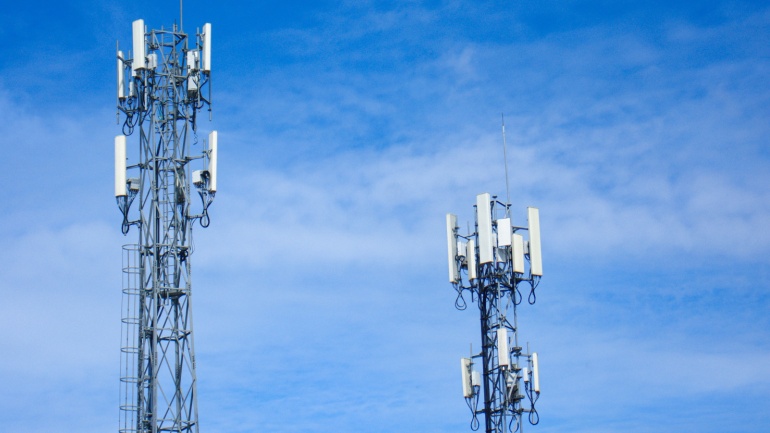Significant strides have been made by EE to bolster its 4G coverage throughout rural North Yorkshire. Over the last 24 months, the telecommunications company has constructed or upgraded in excess of 40 masts, thus enhancing connectivity throughout the region.
In particular, five villages including Chapel-le-Dale, Rievaulx, Blubberhouses, Danby Wiske, and Terrington, have been the latest beneficiaries of this improved 4G connectivity. These recent developments have greatly impacted local residents, businesses, and even emergency services. These pockets of improved connectivity are enabled by the masts which have been recently updated.
The Shared Rural Network (SRN), a £1 billion initiative aimed at extending 4G coverage in the UK’s rural areas, is largely responsible for the building of most of these masts. The intention is to increase 4G coverage to 95% of the UK’s landmass by 2025, with the initiative funded by a combination of both private and public sector investment. The end result will be shared infrastructure that supports all of the UK’s mobile network carriers.
BT’s Chief Networks Officer, Greg McCall confirmed that “EE has upgraded over 1,600 rural locations so far under the SRN, which it claims is more than any other UK operator.” Such enhancements are pressing, considering a 2021 independent report by the North Yorkshire County Council which highlighted that lack of satisfactory coverage was a stumbling block for economic growth in the county.
Local MP for Thirsk and Malton, Kevin Hollinrake, highlighted the significance of these improvements merging the digital divide between urban and rural regions, as he quoted, “Having championed the creation of the Shared Rural Network, I know how essential it is in helping to close the digital divide between urban and rural areas and boost regional economic growth.”
The expansion of EE’s mobile connectivity in North Yorkshire ushers in a new era, where businesses are experiencing better connections and residents have increased opportunities for remote work and access to key services.
It’s interesting to note that EE, earlier this year, became the first UK mobile operator to complete the inaugural phase of the SRN, six whole months ahead of schedule. Consequently, EE’s networks now cover 88% of UK landmass or 99% of the population.







